An adventurous Saturday: discovering Cividale del Friuli and Caporetto
Dear friends at Erasmusu, today I am going to talk to you about a beautiful Saturday in late October, when I visited Slovenia for the first time. The main attraction of the trip, which I made by car with my mother and her partner, was Caporetto (Kobarid in Slovenian), a small town located a few kilometres away from the border that the country shares with Italy. I wanted to visit this city for quite some time, to see for myself the place where the most disastrous defeat in the history of the Italian army took place: it is the so-called "Battle of Caporetto", which took place during the First World War. But, before describing my experience, I'm going to talk about Cividale del Friuli, a small town near Udine that we visited just before entering Slovenia.
Cividale del Friuli
What to see
If one day you'll happen to find yourself in Udine, or in any case in the area of Friuli-Venezia-Giulia near the border with Slovenia, I suggest you take a trip to Cividale del Friuli. It is a very small town, but it retains a beautiful historical heritage dating back to the Middle Ages that records the conquest of the Lombards in Italy. Since the time we spent in Cividale was only a short stop in our itinerary, we visited only the main monuments. This is the "Tempietto Longobardo", one of the most famous historic buildings in Cividale:

Unfortunately, I was only able to see it only from the outside; but if you'll visit Cividale one day, I suggest you also visit the inside of the temple.
Our next stops were the Cathedral of Santa Maria Assunta:
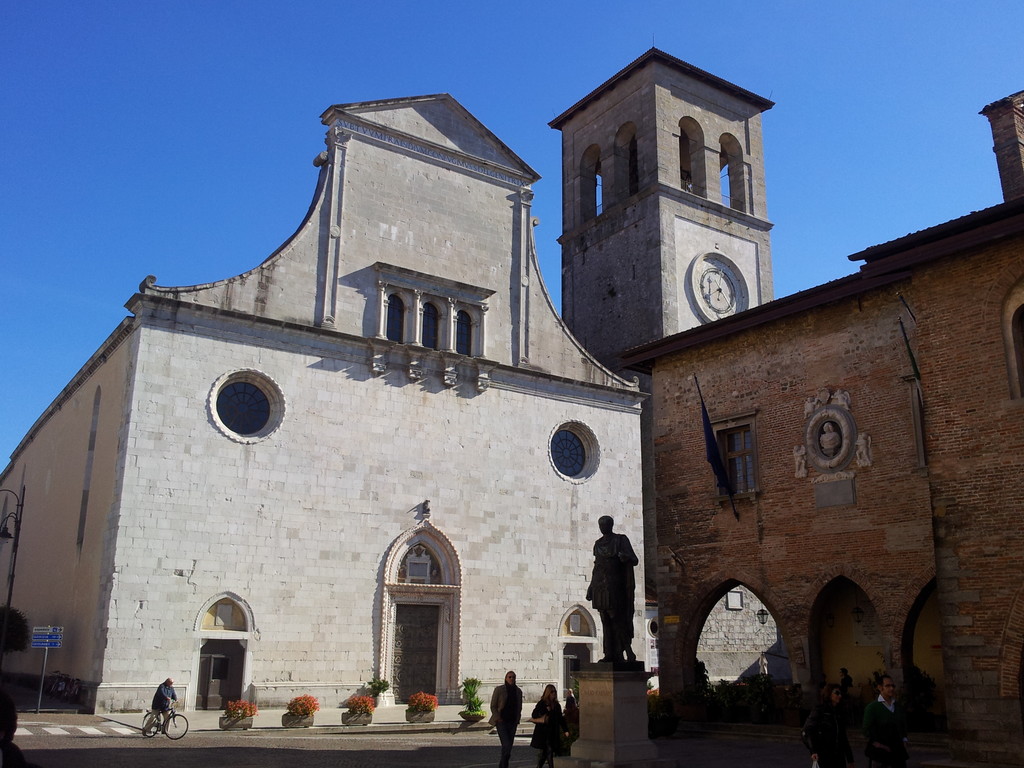
And the beautiful Palazzo Comunale:

I really enjoyed visiting this city, because it still perfectly preserves the buildings, which have been around for centuries, and their aesthetic; had it not been for people's clothing and some other clearly contemporary elements, I would have really had the impression of being in the past. Here are some photos I took during our walk in the narrow streets of the historic centre:
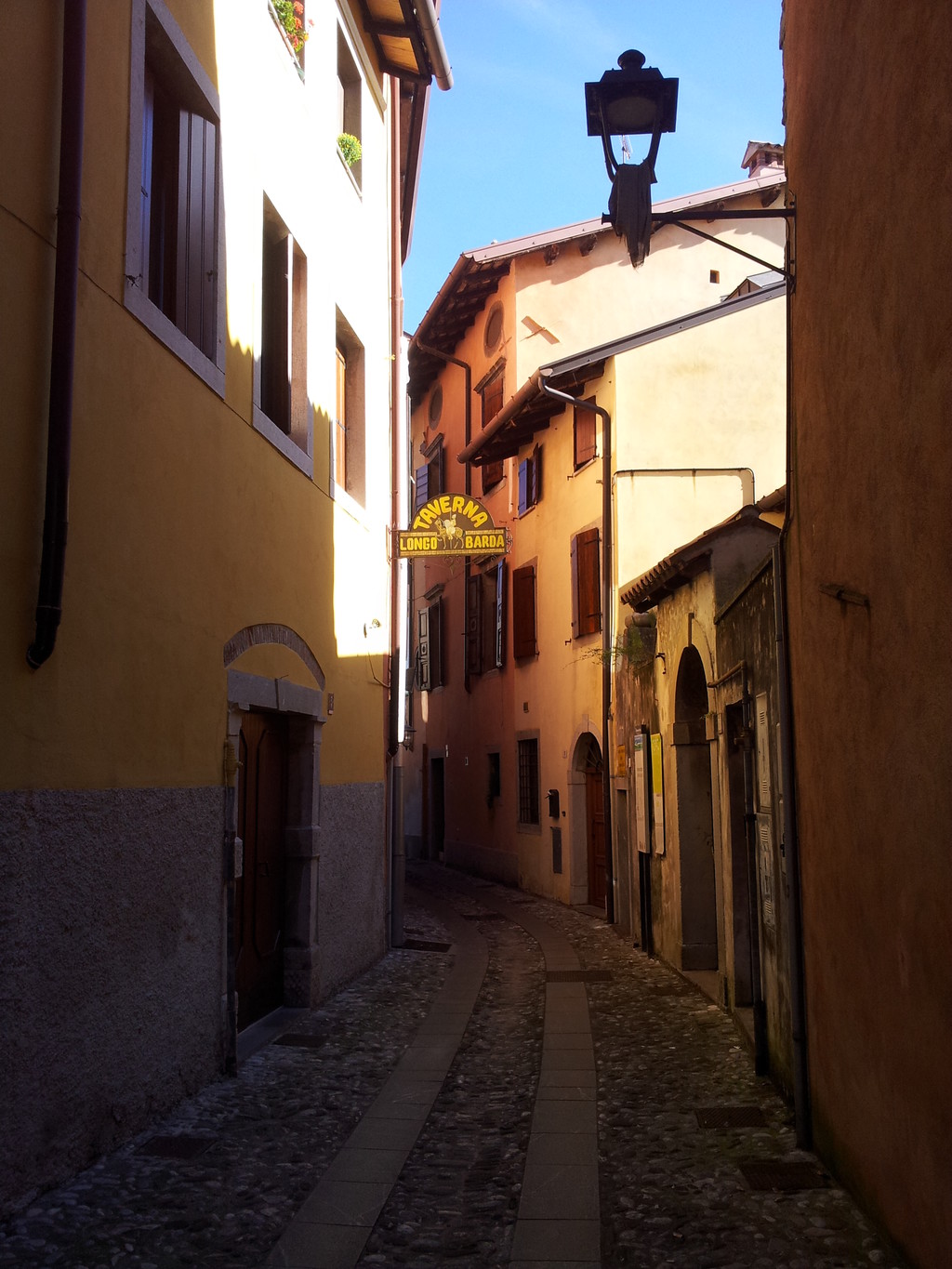
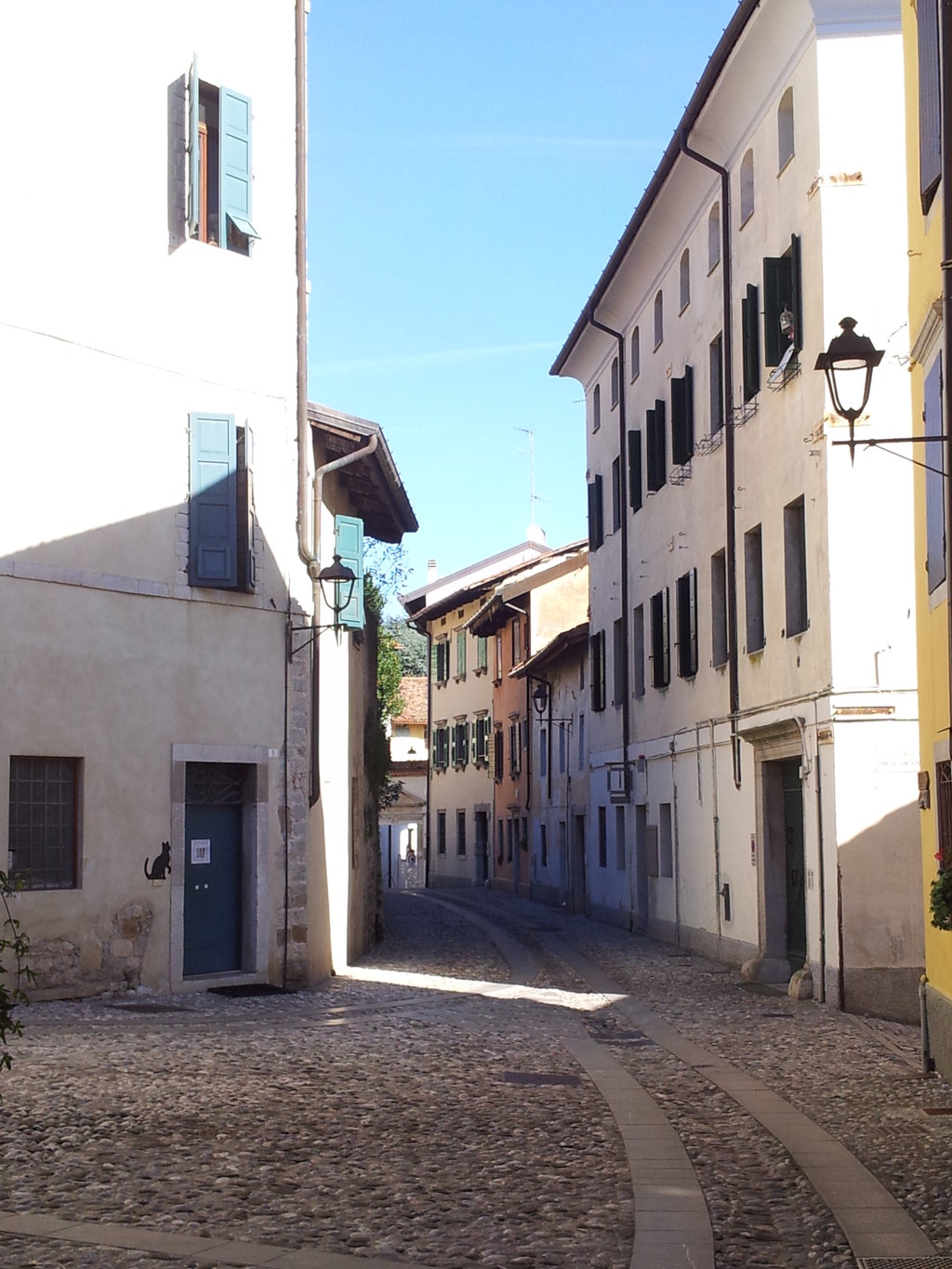
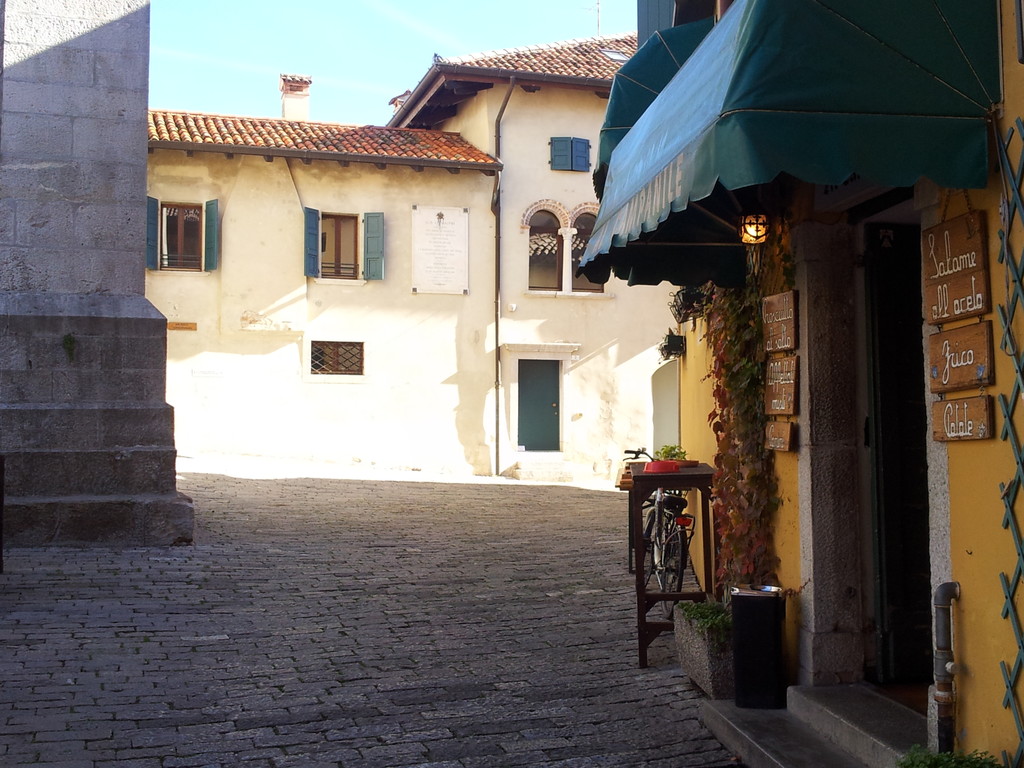
Beyond the historical and cultural aspects, this city also offers visitors the opportunity to contemplate an evocative natural landscape. A river with crystal clear water, dense vegetation and mountains on the horizon are the elements of the enchanting scenery visible from the ancient Ponte del Diavolo, a symbol of the city. I took these first two photos looking at the view from the left side of the bridge:
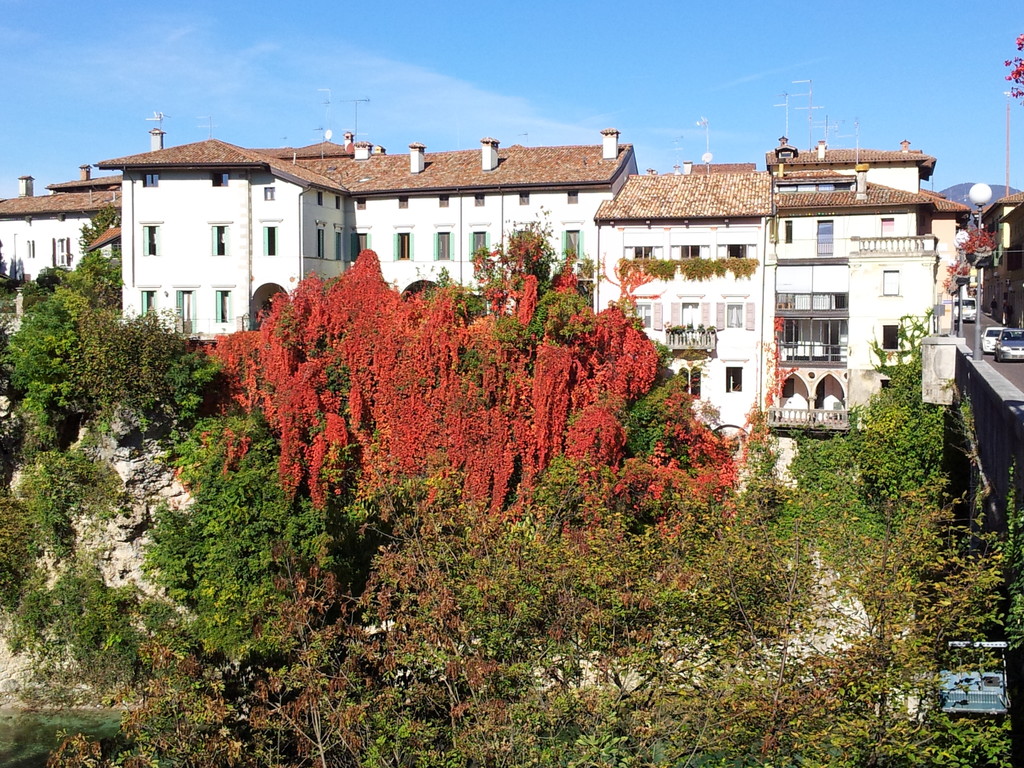
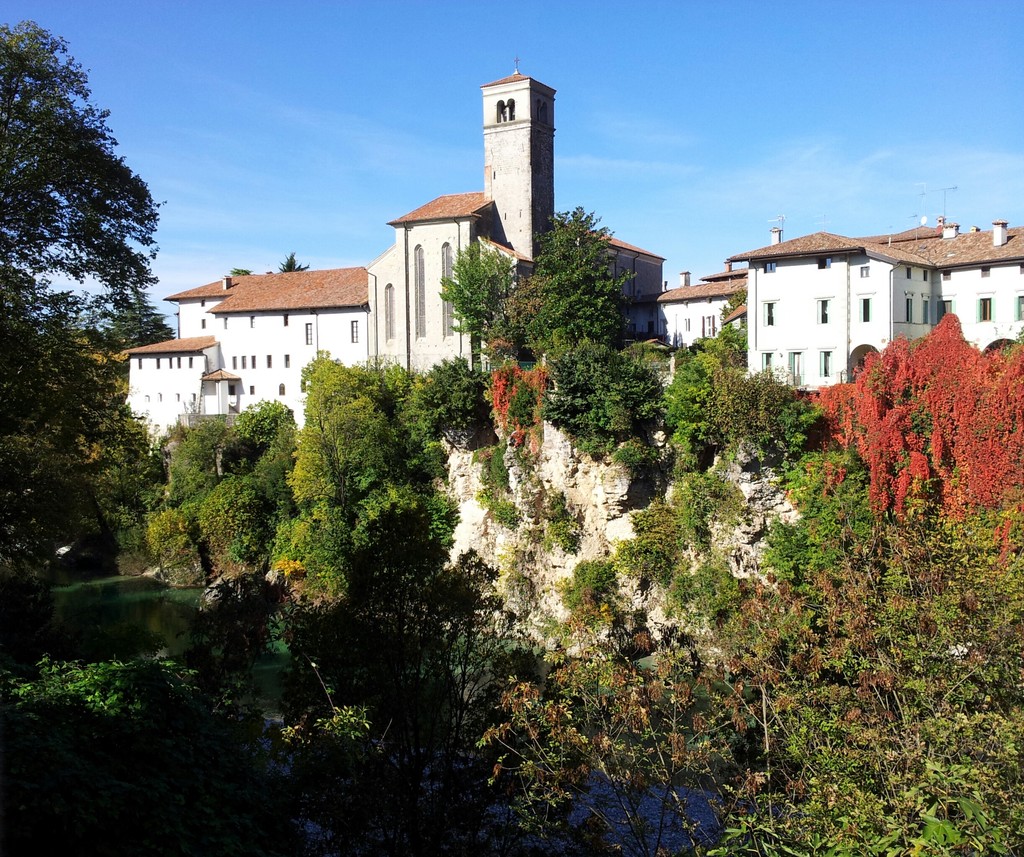
These other two, from the right side:
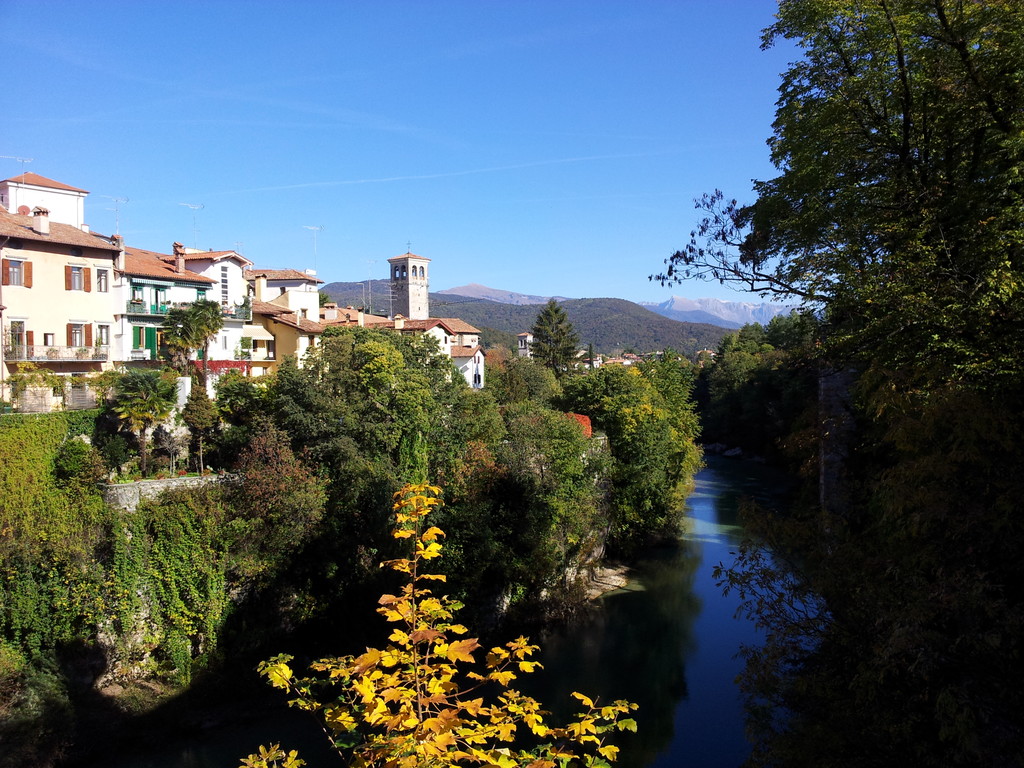
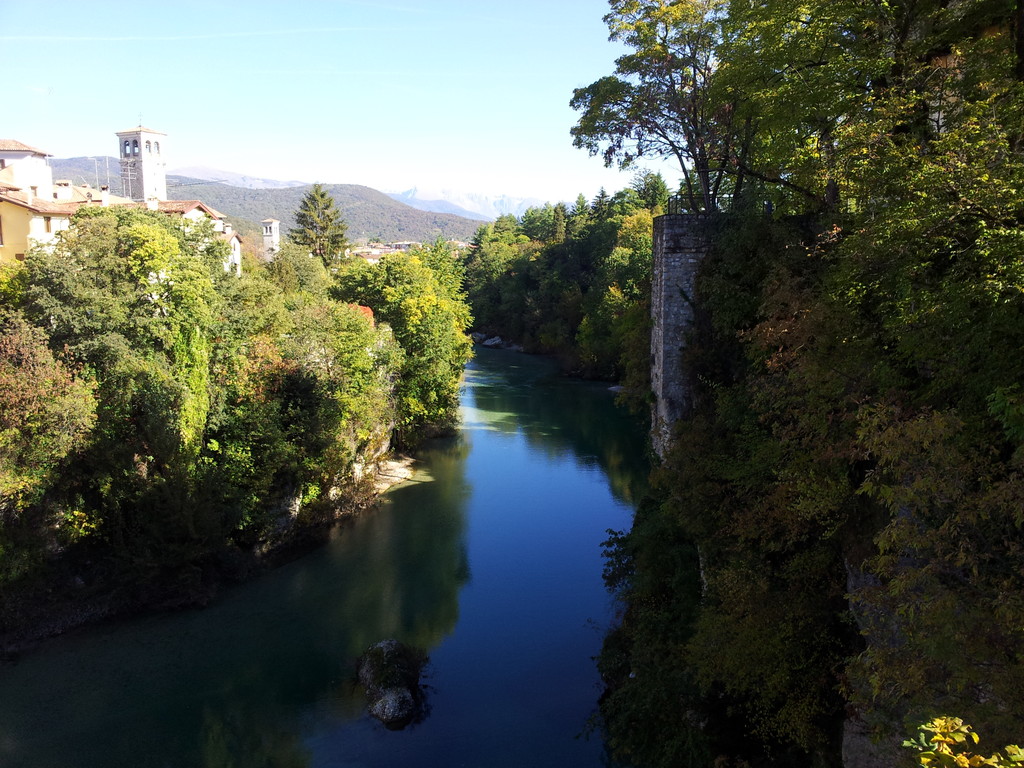
In this next photo, you can see the bridge and the crystal clear waters of the Natisone river from afar:
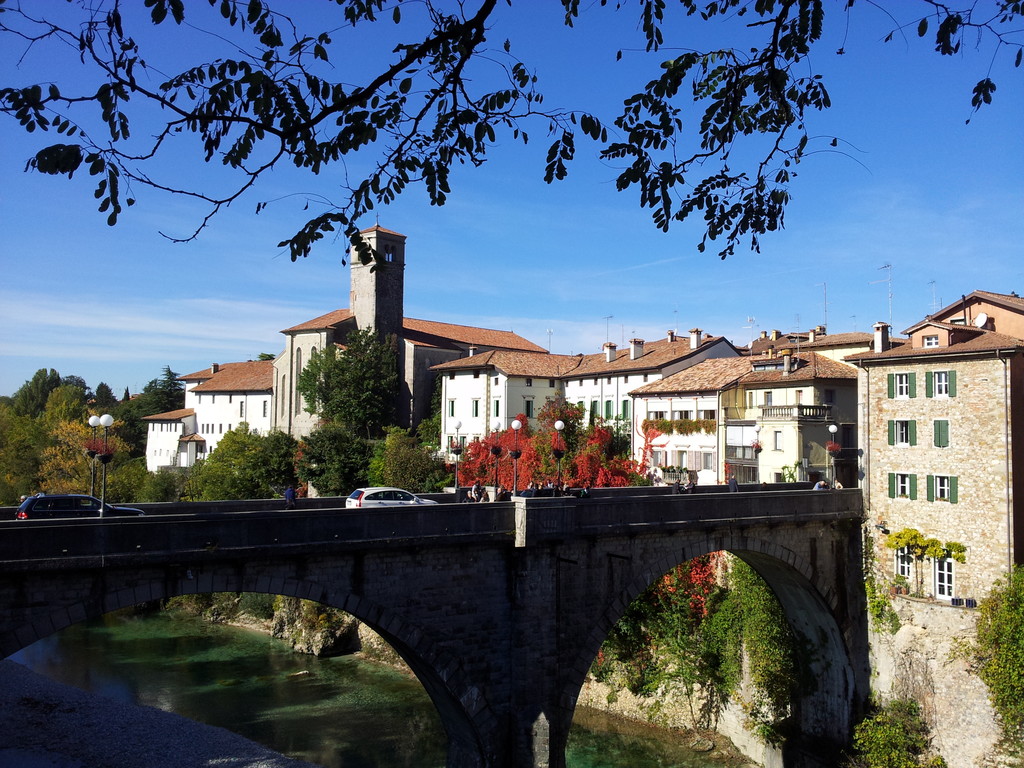
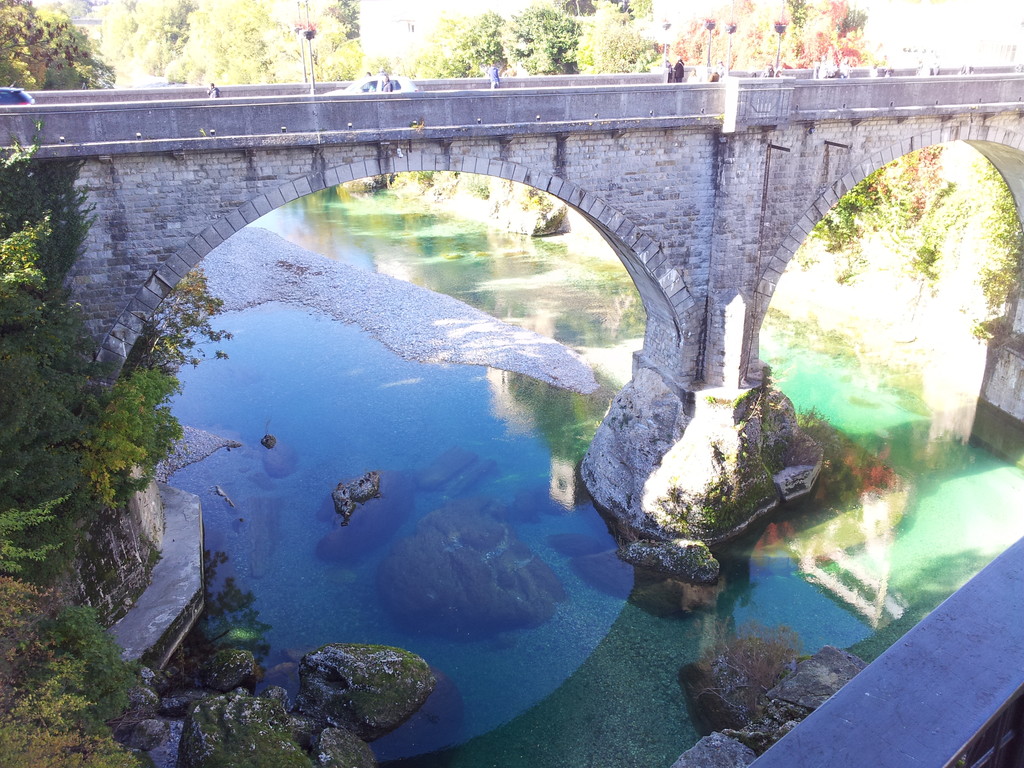
Tips for lunch
If you are wandering in the old town at lunch time and you want to eat something, I suggest you stop at the Osteria alla Terrazza, located in the Stretta C. Gallo at number 3, a few steps from the Duomo and the Tempio Longobardo. Spending just a few euros, you can taste the typical specialities of this region, like the delicious Frico Friulano. And if you don't feel like having a seated lunch because you are in a hurry and want to continue your tour in the city, the tavern also has another room, located opposite the main one, where you can choose and order a takeaway meal. I remember eating a very good sandwich with the appreciated San Daniele prosciutto there.
Caporetto: a dip in the First World War
Finally, we have reached the part that I preferred about this trip: Caporetto. After our visit to Cividale, at around 1 p. m., we set off for Slovenia and reached our destination in about forty minutes. Kobarid is a pretty and peaceful border village set in a valley, surrounded by a fascinating natural landscape. Besides a small church in the city centre, the Military Memorial and the Napoleon's Bridge, there are no historic buildings of great relevance. The most famous point of interest in Kobarid is the Museum of the First World War. But before I describe it, I'll show you some photos of the city:
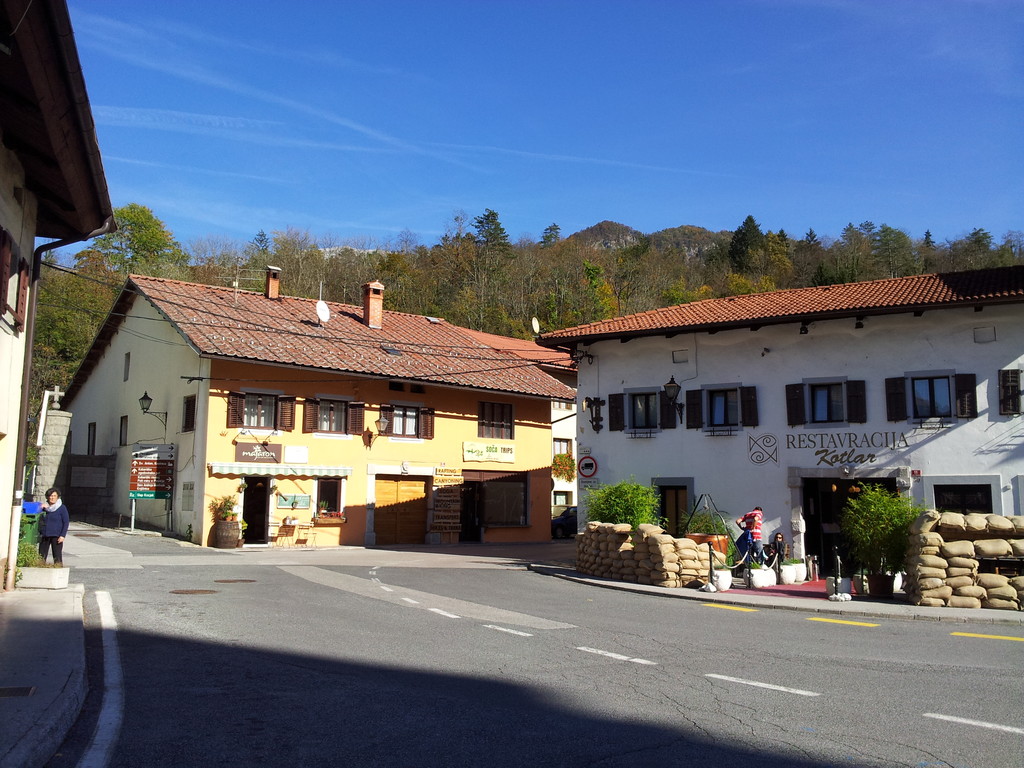

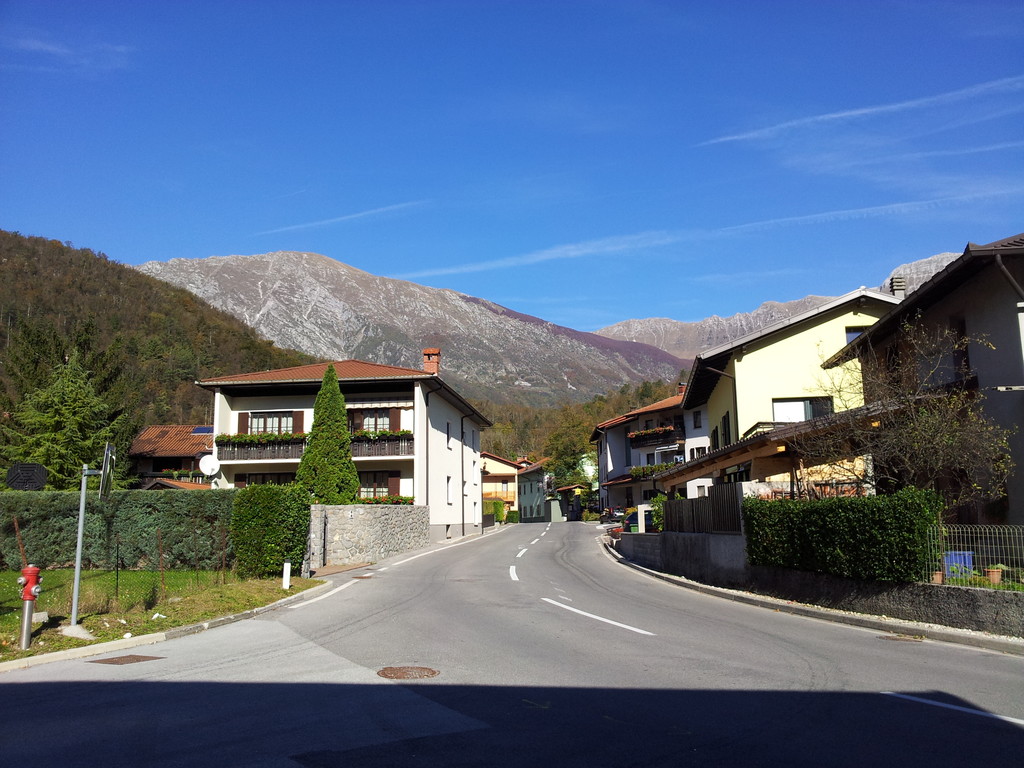
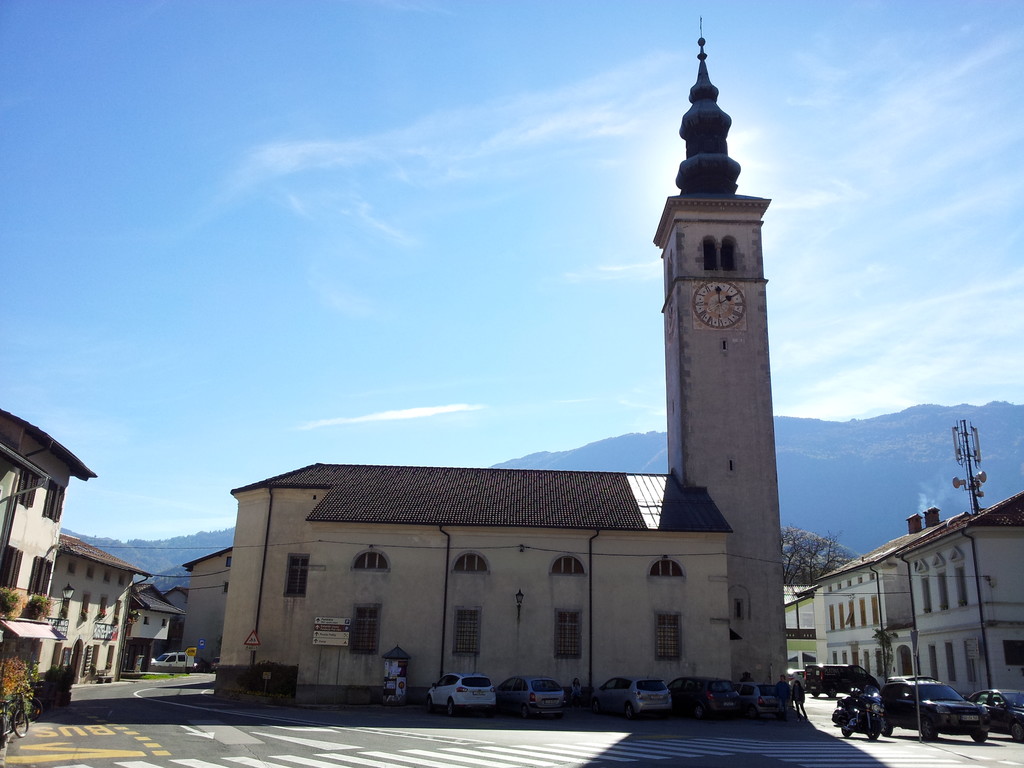
The museum
In Italy, there are many museums that tell the story of the First World War; the museum in Caporetto, however, offers something more than the others: it is located right in the place that was the scenery of battle. Today, we can hear the singing of birds, the sounds of nature and the silent streets; a hundred years ago there were the roar of bombs, dead soldiers and a city in jeopardy that was conquered by an enemy army. It has been really touching to find myself here in person and to visit the rooms of this museum; having passionately studied these historical events during the second semester of my Erasmus in Bordeaux, I think I felt more emotions than those of a normal visitor.
To reach the museum, I suggest you travel by car. This is the building:
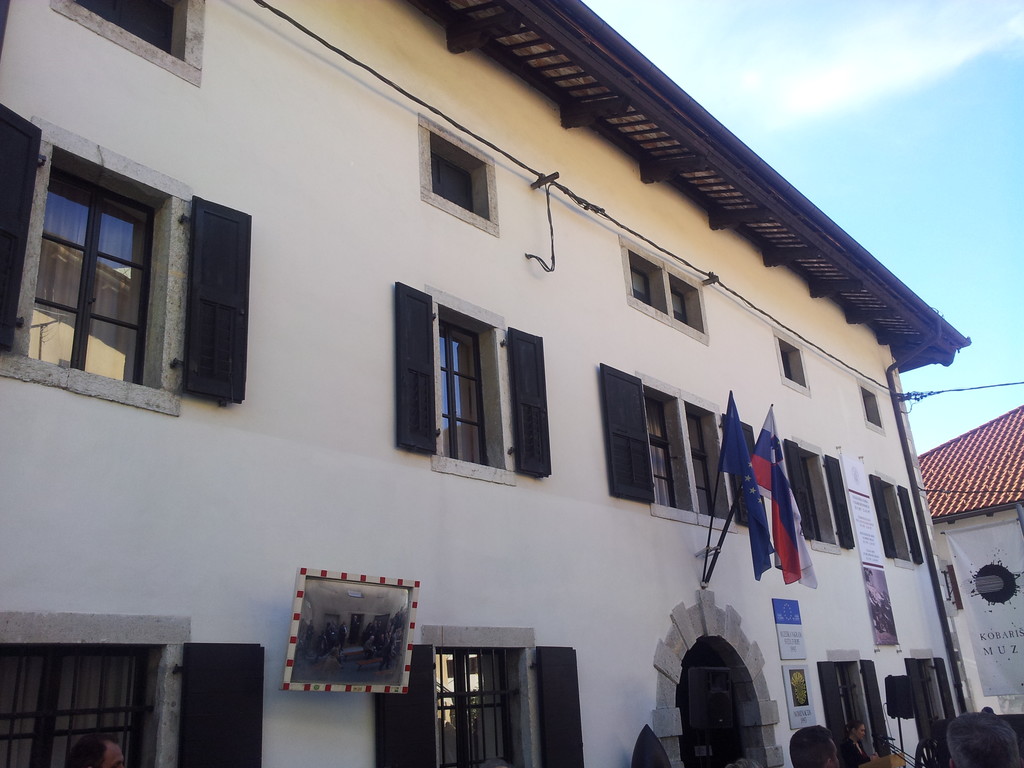
Ironically, we found ourselves here right on the day in which the battle took place (on October 24th, 1917). For the occasion, the museum had organized a commemorative event.
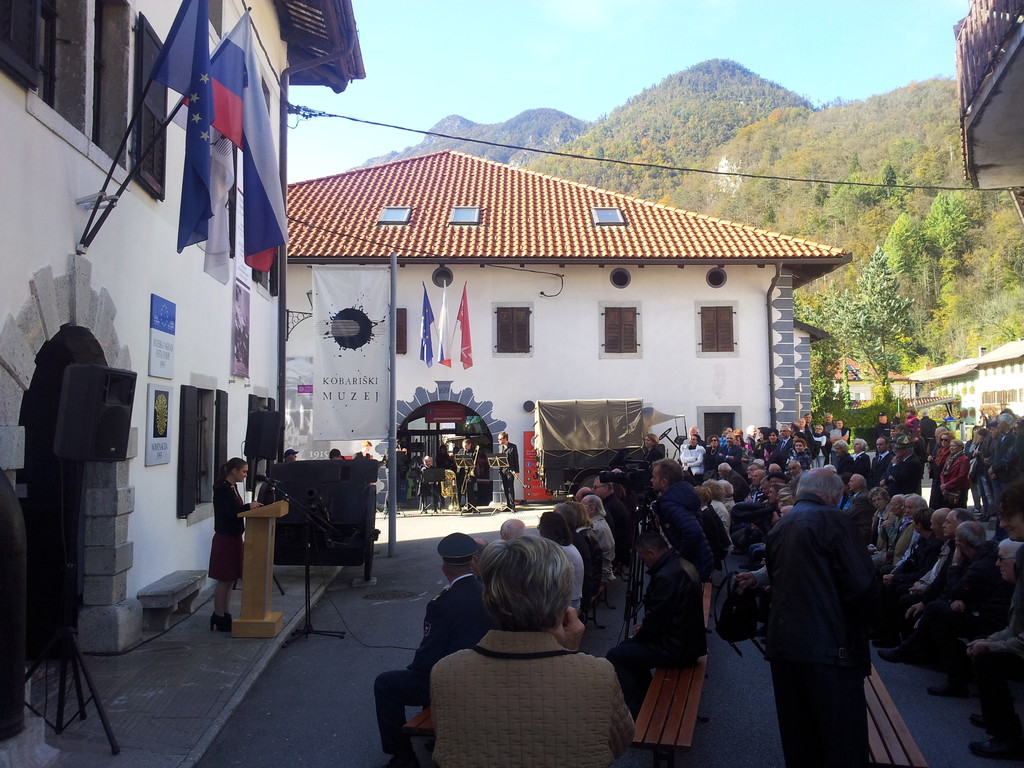
The price of the ticket is totally accessible and includes a visit to all three floors of the building. The rooms display original artefacts found on the battlefield, such as weapons, diaries, official documents, military uniforms and photographs that testify the hard life of soldiers during the war period. Here are some photos:
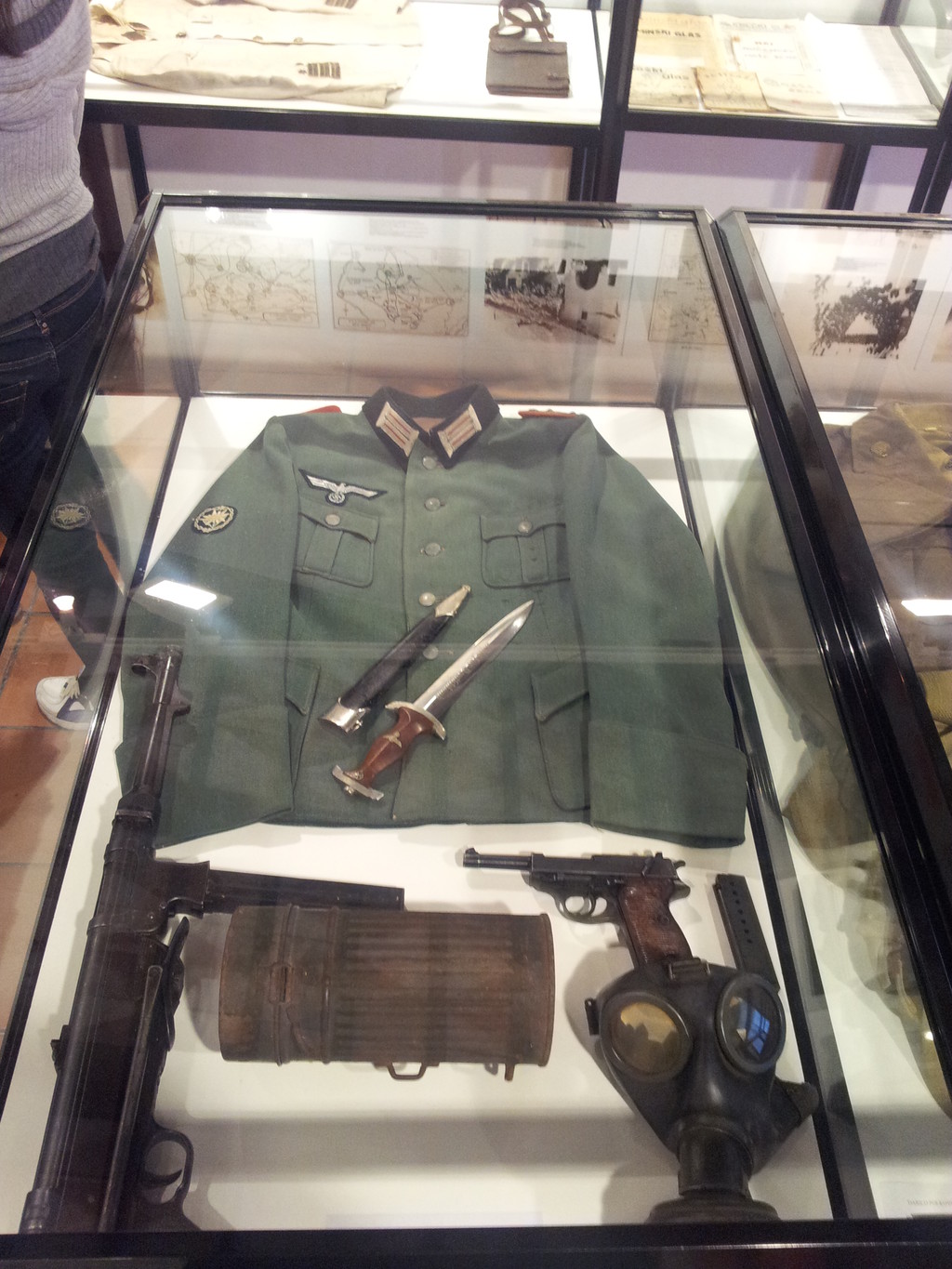
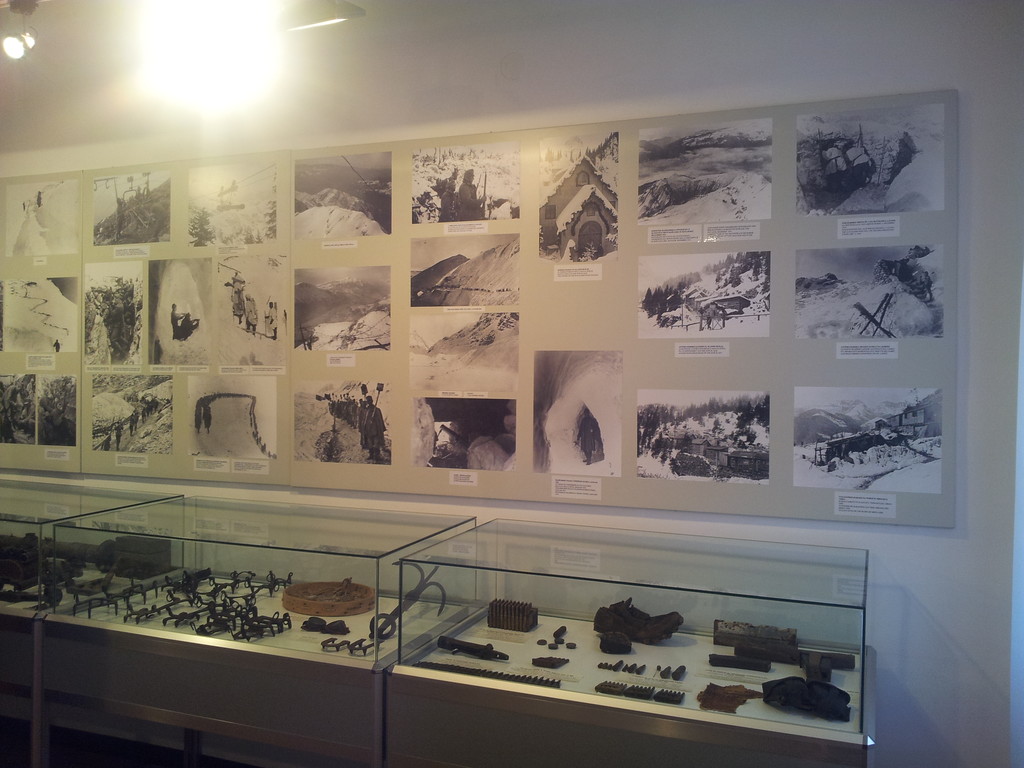
This is a beautiful plastic model that shows, through some dotted lines, the positions of the Italian and Austro-German troops, lined up on the slopes of the mountains that surround Caporetto:

With the next photo, you'll be able to see one of the most exciting moments of the visit of this museum.
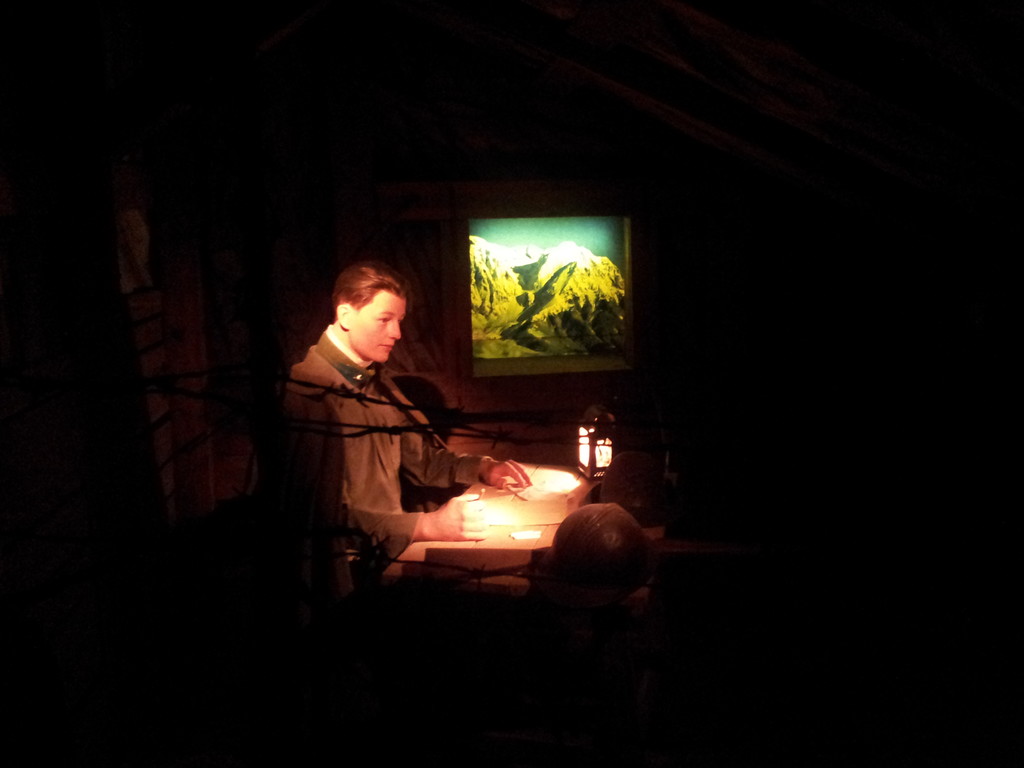
The statue you see in the image represents a soldier writing a letter inside the cleft of a trench. By selecting your own language at the entrance, you can listen to the text through an audio recording. The words are truly poignant: the soldier tells his dear relatives, whom he has not seen since he left for the front, that he has become accustomed to the sounds of explosions and to wake up in the morning with the roar of bombs. He concludes by saying that, all in all, he is well and is looking forward to returning home. Whether these were the words of a real letter, or just an invented text, it is still a moving story that surely every soldier lived in those years.
- Beyond history: the natural views of the Isonzo river
Just like in Cividale del Friuli, in addition to an immersion in local history, Caporetto offers visitors a suggestive immersion in nature. If you have already visited the city and the rooms of the museum, do not think that your trip has come to an end! You still have to contemplate the fascinating natural landscape and the Isonzo river, which is the main star of the panorama.
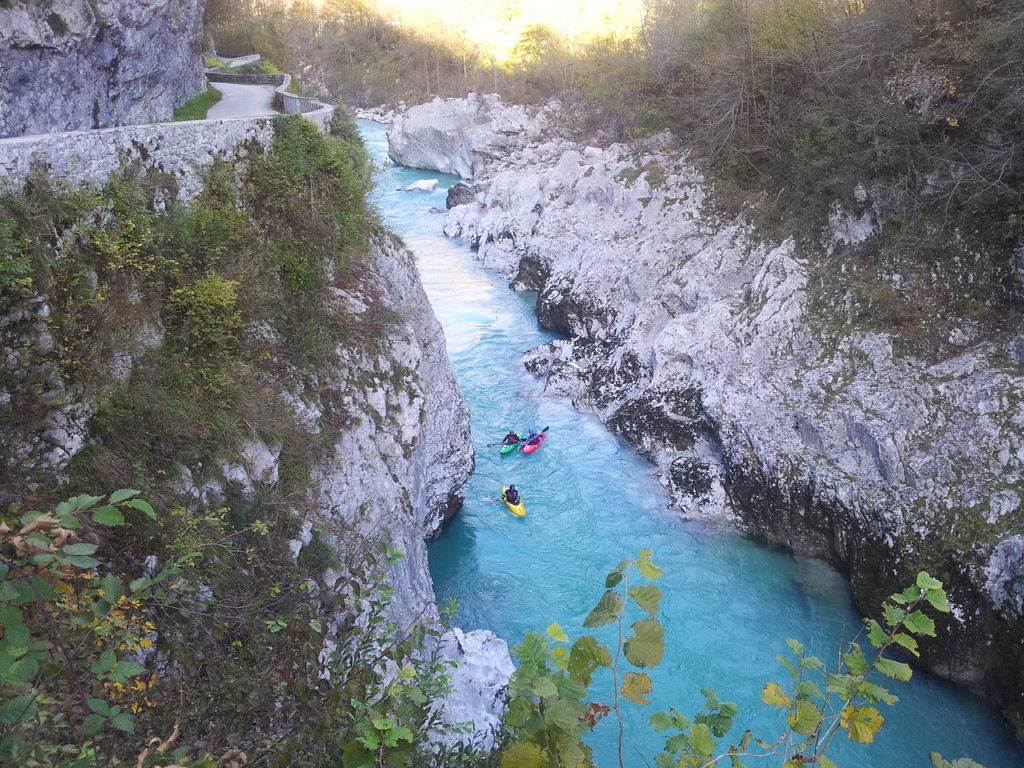
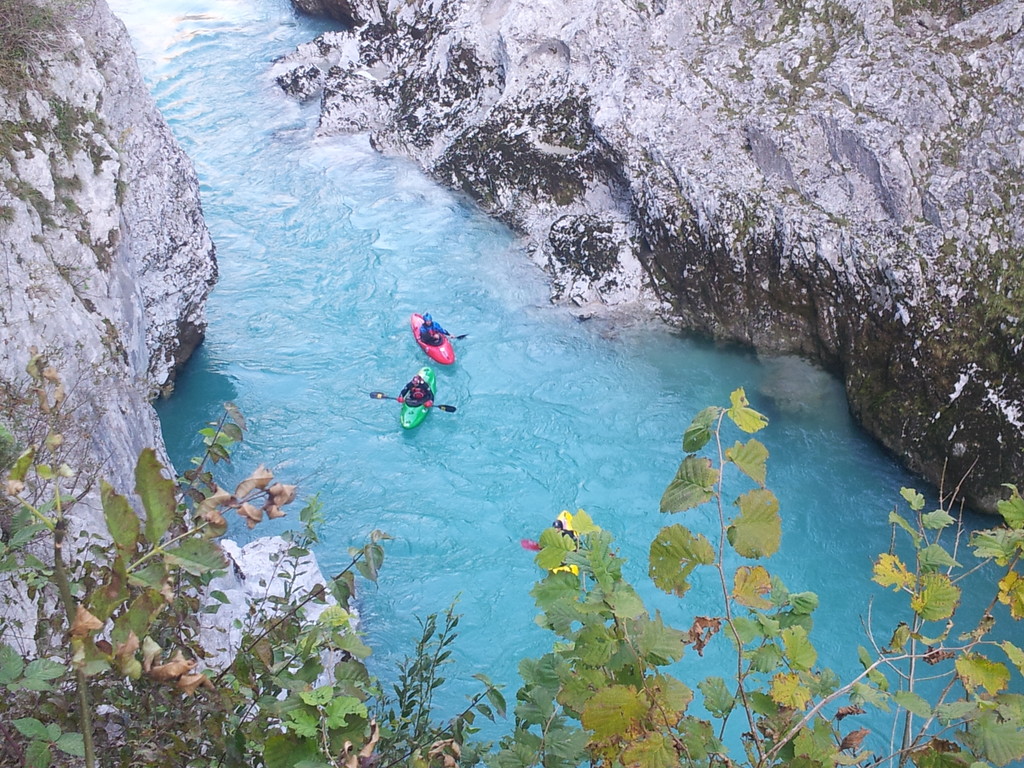
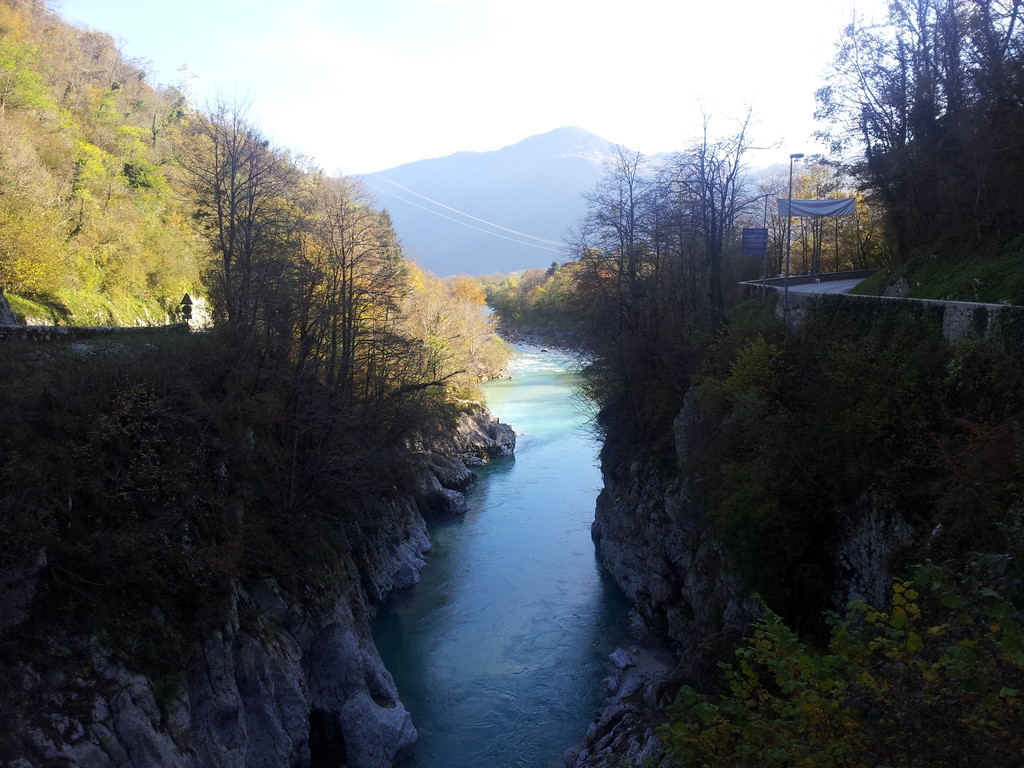
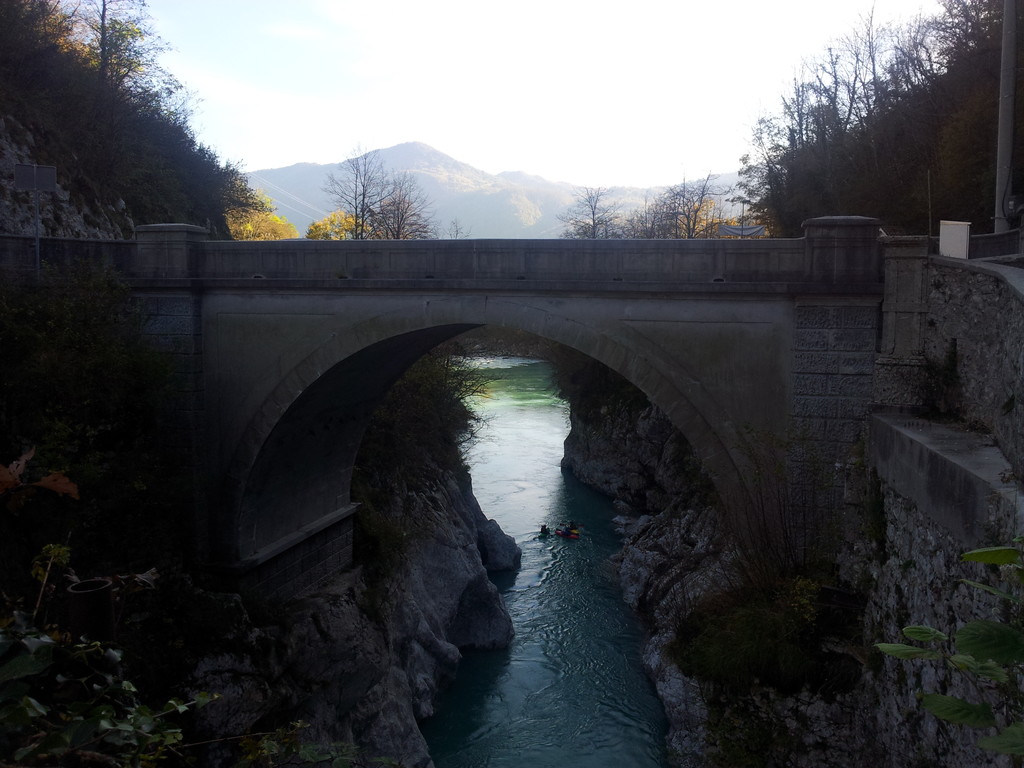
Photo gallery
Content available in other languages
Want to have your own Erasmus blog?
If you are experiencing living abroad, you're an avid traveller or want to promote the city where you live... create your own blog and share your adventures!
I want to create my Erasmus blog! →





























Comments (0 comments)